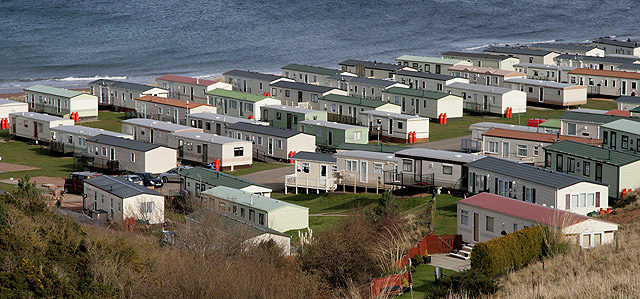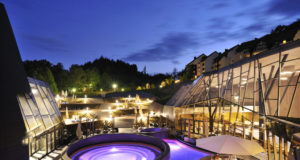The holiday park is an integral part of the cultural history of Britain, with lots of us having some sort of memory of holidays in the blustery sea breeze.
And, with the increase of staycations in the face of more environmental awareness and weak currencies, the holiday park has become an increasingly popular choice for those of us looking for a cheap break.
But just where did this British relic begin?
Here, we’re taking a look at the history of the British holiday park.
Early beginnings
The holiday park as we know it has a long history, stretching back into the late nineteenth-century.
1894 saw the opening of what is widely considered to be the UK’s first holiday park, in the form of Cunningham’s Young Men’s Holiday Camp, on the Isle of Man. However, despite its popularity, we probably wouldn’t class it as a holiday park in the modern sense, with the 60,000 guests staying in tents.
However, this led the way for Caister Camp in Norfolk, which was the first camp to use huts as accommodation, with this new model inspiring further parks across the country.
The first chains
Up until the 1930s, holiday parks were still relatively unknown, with parks largely confined to independent owners.
However, that all changed in 1931, with the establishment of the first chain, Warners, on Hayling Island.
Warners’ board member Billy Butlin then broke away to build his own park in Skegness in 1936 which became the first of the renowned Butlin’s chain.
The boom
Holiday parks took a brief hiatus during the Second World War, being used instead to train soldiers, but experienced its biggest boom so far in the years after the conflict.
Throughout the 1950s and 1960s, holiday parks were thriving across the country, with chains like Warners, Butlins and Pontins all having numerous parks in their ownership, with thousands of Brits heading to the British coast every year.
In fact, they became so popular that there were even plans to take the concept abroad!
The decline
However, the golden years of the holiday park weren’t to last, with the influx of cheap holidays abroad threatening this institution’s place in the vacation industry.
Cheap package holidays really took off in the 1970s, with millions of Brits flying to cheap overseas destinations, such as Spain, Italy and France, where prices were similar, if not cheaper, than a week in a holiday park here in Blighty.
As a result, the homegrown holiday park industry in the UK suffered greatly, with thousands of parks closing across the country.
The revival
For something slightly different and to explore more of the British, why not take a tour in London.
However, in recent years, holiday parks have started to see something of a revival due to political concerns, weak currencies, and increasing environmental awareness, with many Brits opting for a ‘staycation’ instead.
In order to keep pace, holiday parks have adapted to suit the modern traveller, with a move towards a boutique holiday village feel rather than the holiday camp image.
This means out with the redcoats and in with glamping, WiFi, TVs and exciting activities, transforming the outdated holiday park into an institution for the future.
For a fantastic illustrated look at the evolution of British holiday parks, check out this infographic by Elite Dynamics.



















































![Watch How I Cycling Around Iceland in 40 Days [A Must Watch] Cycling Around Iceland](https://www.topfivebuzz.com/wp-content/uploads/2017/10/maxresdefault-300x160.jpg)






